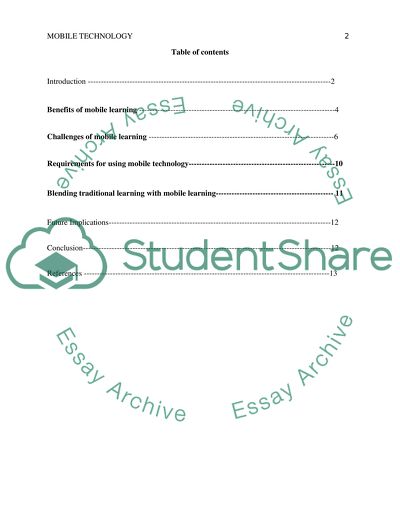Cite this document
(“Mobile Technology Research Paper Example | Topics and Well Written Essays - 2500 words”, n.d.)
Retrieved from https://studentshare.org/education/1626754-mobile-technology
Retrieved from https://studentshare.org/education/1626754-mobile-technology
(Mobile Technology Research Paper Example | Topics and Well Written Essays - 2500 Words)
https://studentshare.org/education/1626754-mobile-technology.
https://studentshare.org/education/1626754-mobile-technology.
“Mobile Technology Research Paper Example | Topics and Well Written Essays - 2500 Words”, n.d. https://studentshare.org/education/1626754-mobile-technology.


